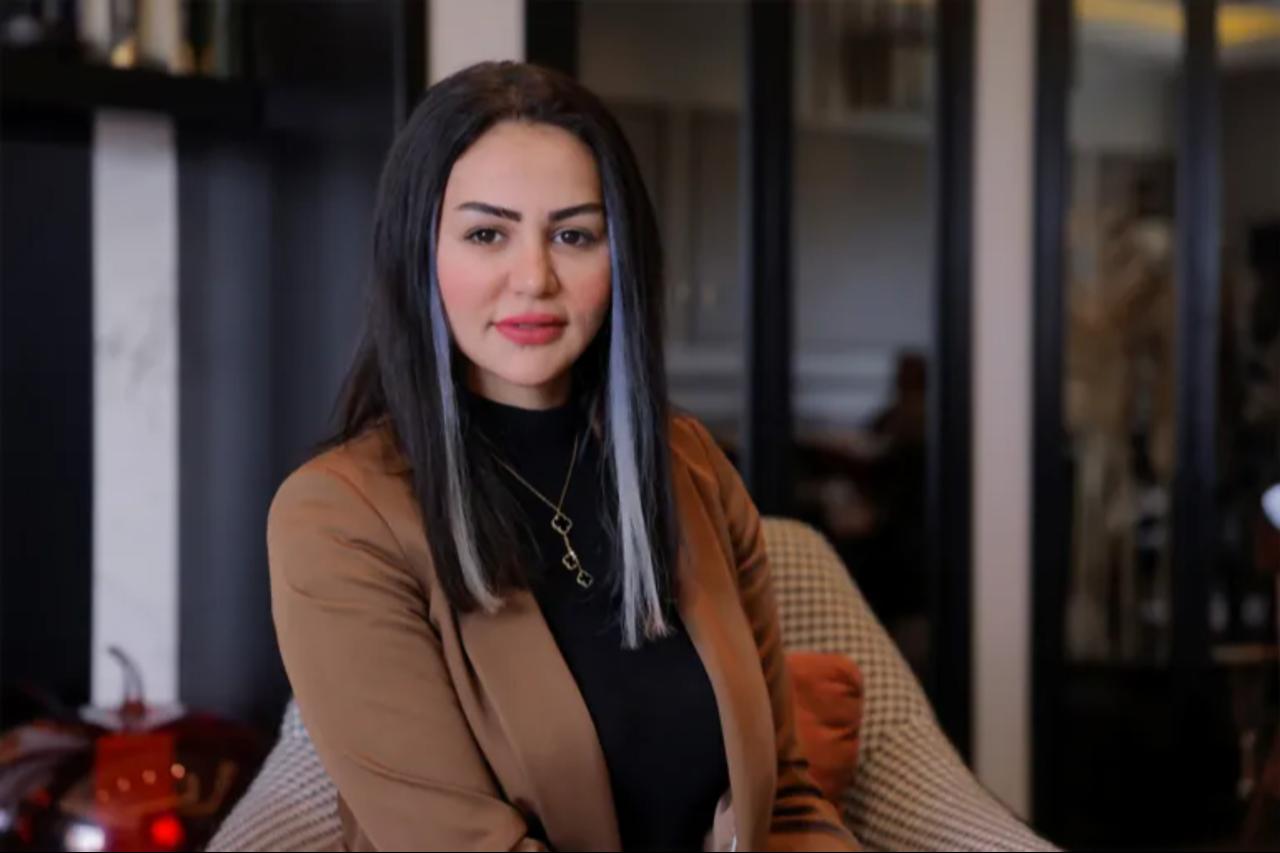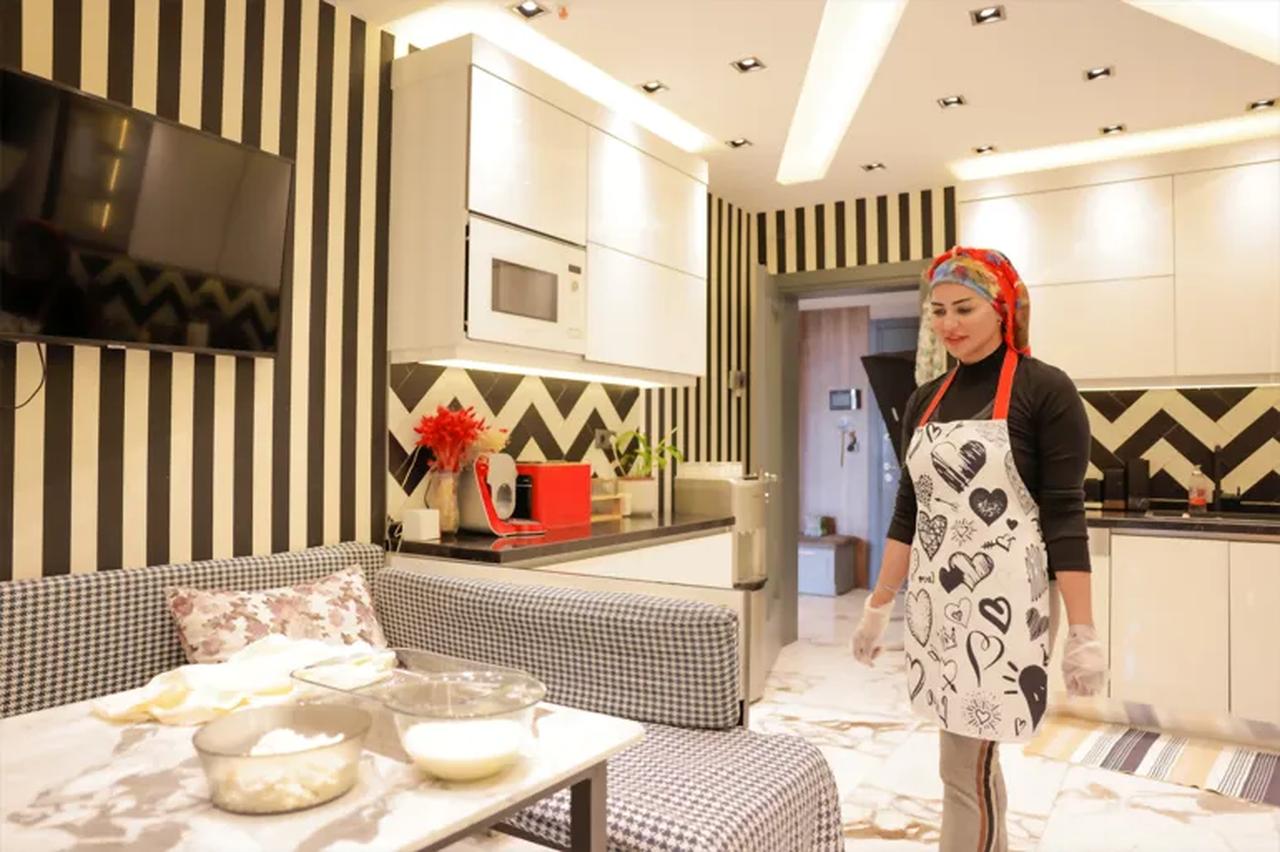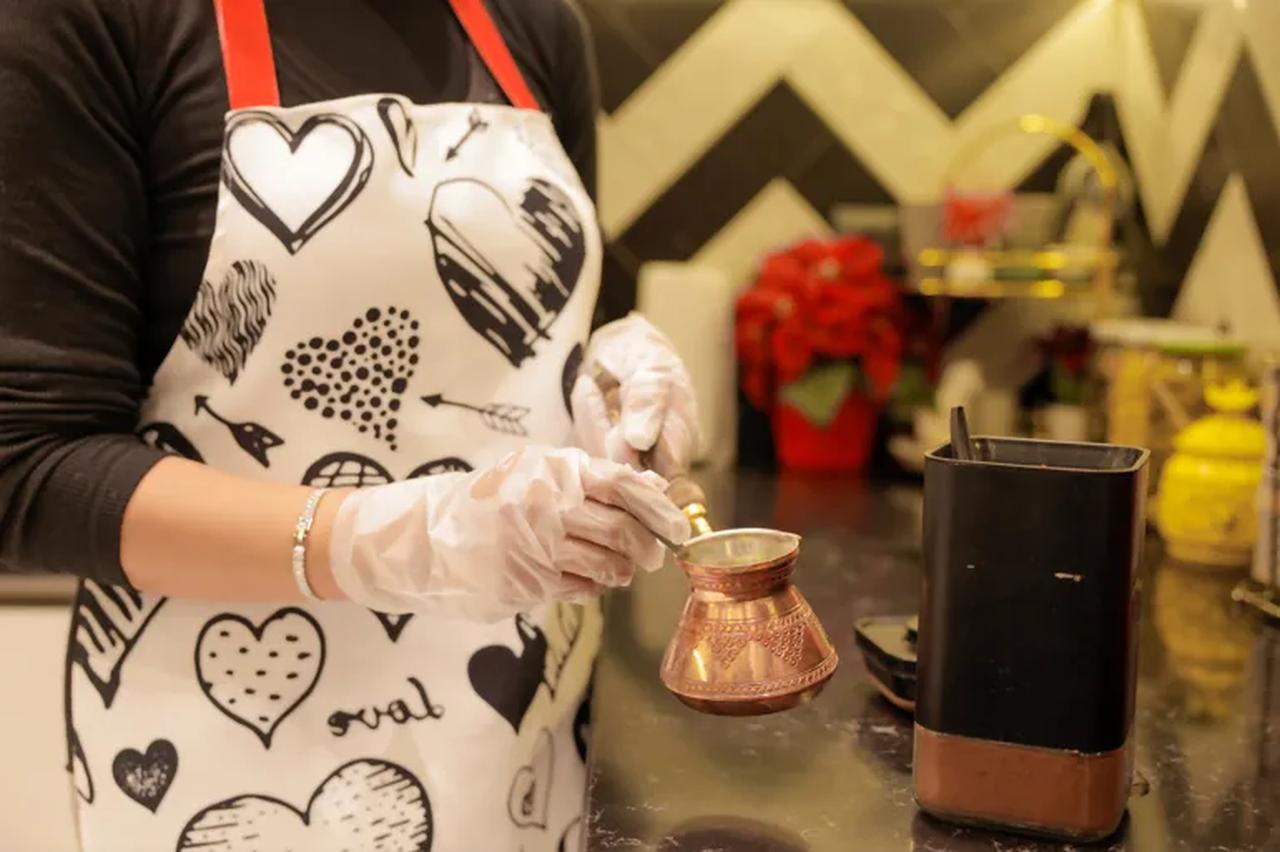
Through the lens of culinary tradition, Turkish-Syrian public figure Dima Aslan engages Turkish and Arab cultures using her bilingual platform to explore and highlight the historical and social ties between Arab and Turkish societies.
Aslan’s rich and diverse background—being a Turkish woman born in Syria and fluent in both Arabic and Turkish—has shaped her unique cultural perspective, allowing her to connect with audiences across different communities.
Aslan, a Turkish woman born in Syria and fluent in both Arabic and Turkish, is a popular social figure and accomplished entrepreneur who successfully launched her own fashion brand as a talented designer.
Gifted in the culinary arts and deeply rooted in both Arab and Turkish cultures, she uses her social media platforms to foster understanding and connection between the two communities.
By presenting Turkish dishes in Arabic and Arab cuisine in Turkish, she creatively bridges cultural gaps while highlighting the shared customs and traditions that unite the two societies.
Dima relies on the shared culinary heritage as a means of communication, presenting Turkish dishes in Arabic and explaining Arab recipes in Turkish.
This approach creates a unique space for interaction and cultural exchange among her followers from diverse backgrounds.

Aslan began her journey in fashion design, launching her own brand, "Dado Style." It was her work in fashion that initially led her to use social media platforms.
Over time, as she began sharing snippets of her daily life and cooking routines after returning from work, she found a warm and enthusiastic response from her audience, which helped grow her online presence significantly.
Although Aslan is Turkish, she has maintained fluency in Arabic, just as she preserved her Turkish identity while living in Syria. She says this dual fluency often surprises people and serves as a testament to how naturally the two languages—and cultures—can be integrated.
She believes that the secret behind her success lies in the closeness between Arab and Turkish communities. While language may be the main difference, she explains, their customs and traditions are remarkably similar, which has allowed them to live side by side in harmony.
Having grown up immersed in both cultures, she sees her content as a continuing effort to blend them even more closely.

In a report with Anadolu Ajans, Aslan states that Arabs and Turks share a long history, having lived for an extended period under a single empire, which has led them to share many similar customs and traditions.
Her content aims to reflect and celebrate this cultural overlap. By blending elements from both Arab and Turkish traditions, she seeks to highlight their similarities while respectfully acknowledging the subtle differences.
The strong engagement and positive feedback she received encouraged her to continue developing this concept.
Her choice of content is rooted in a shared heritage—a cultural upbringing influenced by centuries of common history, particularly during the Ottoman era. This background, she believes, laid the foundation for the customs and values both societies uphold today.
She also points out that religion plays a key role in fostering this closeness. With most people in both communities raised on Islamic values, there is a natural bond that supports understanding and connection.
Her videos—whether in Turkish or Arabic—resonate strongly with audiences from both sides. This cross-cultural appeal has even led her to subtitle all her content to meet the growing demand for accessibility and engagement across communities.
The biggest concern of Aslan is that no one should think in terms of national divisions—integration with others is possible.
She concluded by saying, “Each person should treat others based on their individual character and actions. It's a mistake to generalize based on the wrongdoing of one individual—there are good and bad people everywhere. Offering space for closeness, love, and harmony will lead to a better world. Problems bring no results—and this is what I aim to reflect in life. This is positivity.”